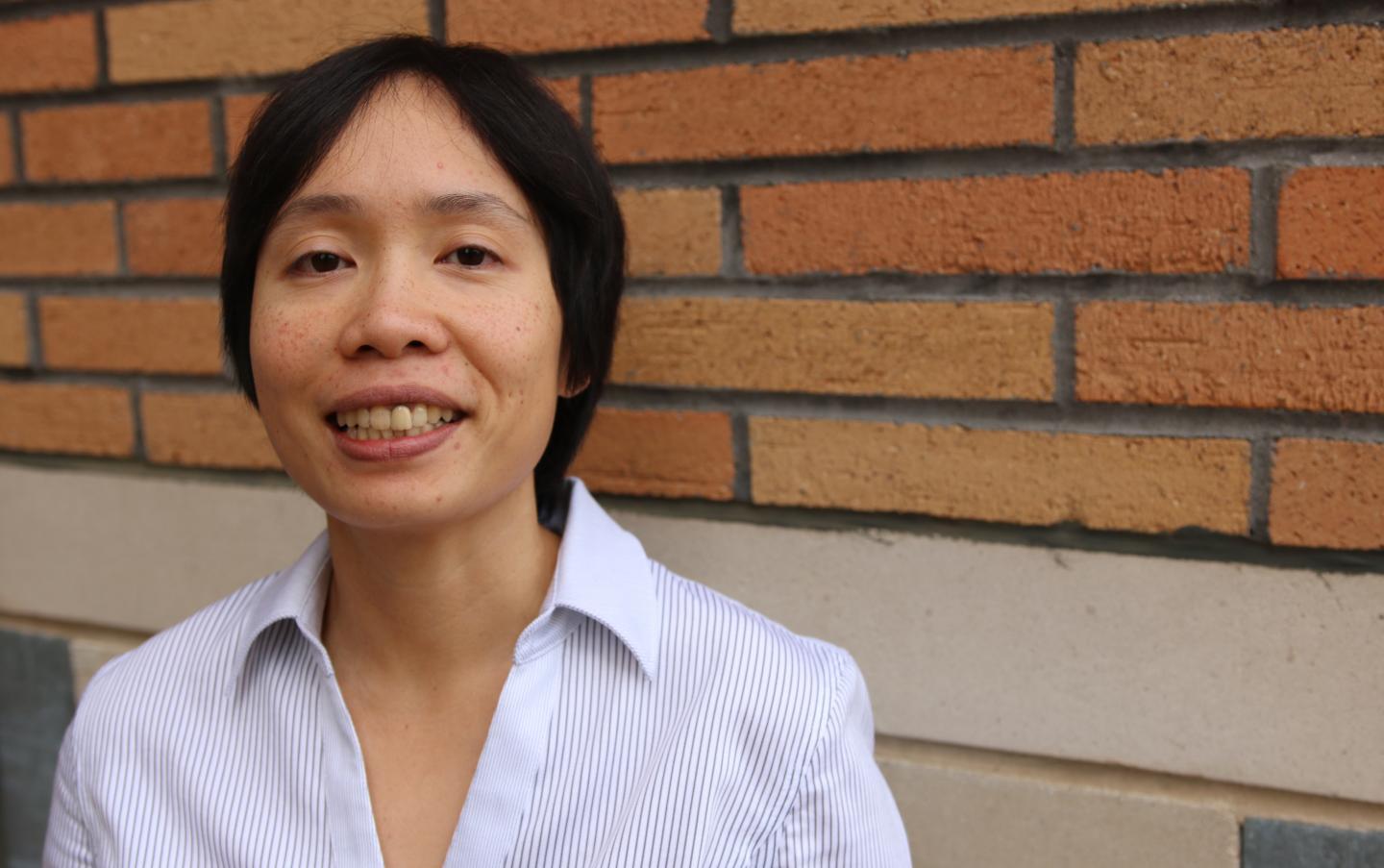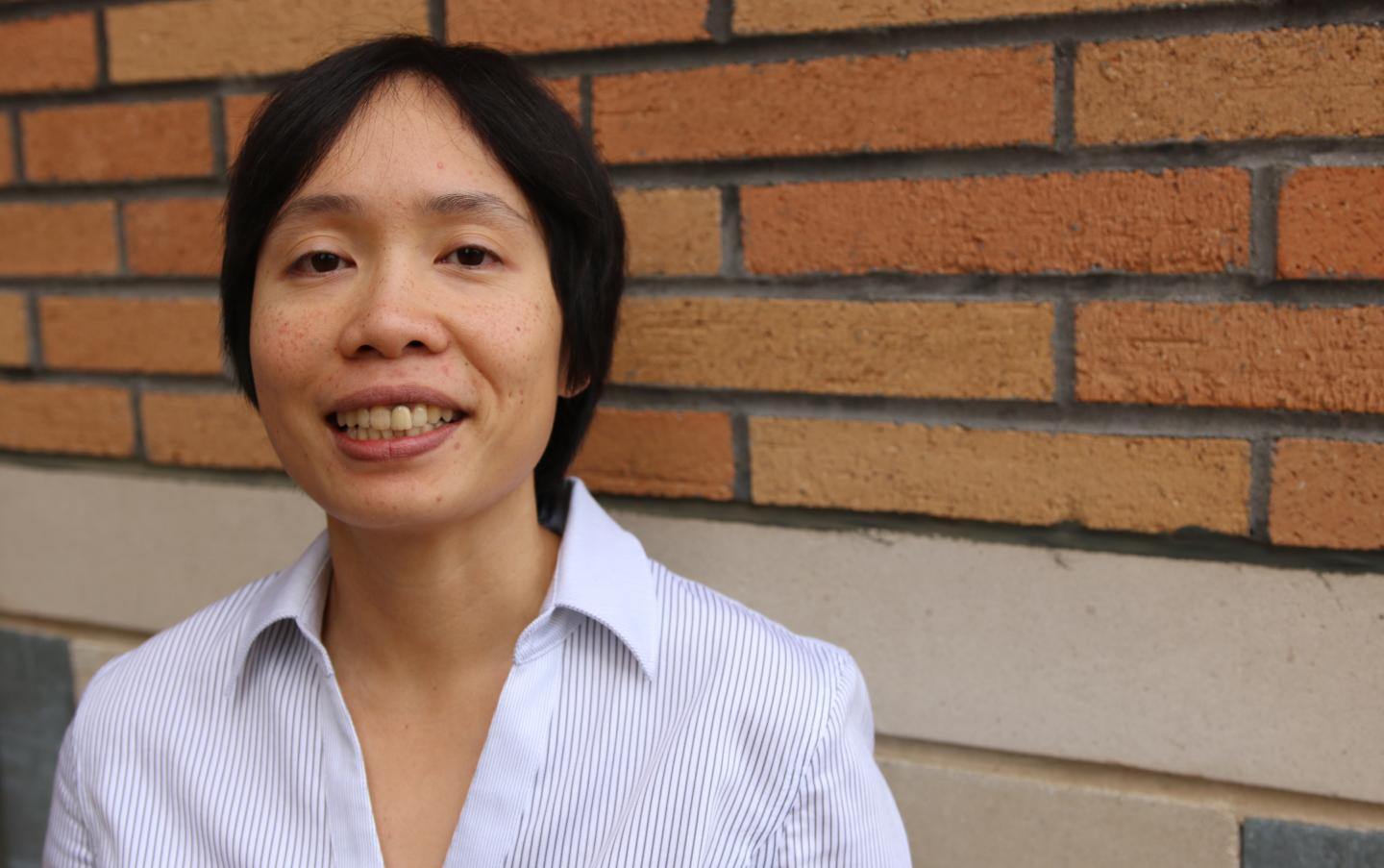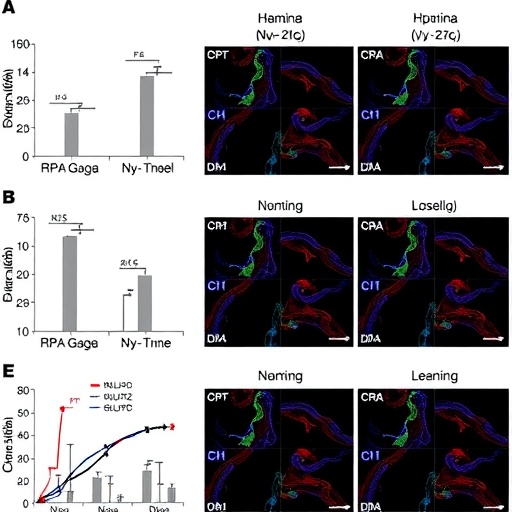
Credit: UC Riverside
RIVERSIDE, Calif. — Ming Lee Tang, an assistant professor of chemistry at the University of California, Riverside, has been awarded a Sloan Research Fellowship for her research with nanoparticles that could have a strong impact on the solar power industry and biomedical fields.
Awarded annually since 1955, Sloan Research Fellowships honor early-career scientists and scholars whose achievements and potential identify them as rising stars, the next generation of scientific leaders. The two-year, $60,000 fellowships are awarded yearly to 126 researchers.
"I am happy to get it," Tang said, referring to the fellowship.
Tang, who has been at UC Riverside since 2012, is focused on designing, synthesizing and characterizing hybrid organic-inorganic nanocrystal-based materials. Her lab uses the toolbox of synthetic chemistry to create novel nanostructures that have synergy between soft matter and traditional semiconductor materials.
This ability to confine light at nanoscale dimensions provides unique properties. Applications include biomedical imaging to treat diseases such as cancer and in the solar industry.
For example, she recently co-authored a paper that outlines a new way to make solar energy conversion more efficient. The researchers created a hybrid material that captures two infrared photons that would normally pass right through a solar cell without being converted to electricity. The ability to utilize the infrared portion of the solar spectrum could boost the efficiency in generating solar power by 30 percent or more.
###
Tang received her Ph.D. from Stanford University and then conducted postdoctoral research at the University of California, Berkeley and Lawrence Berkeley National Laboratory.
The fellowships — given by the Alfred P. Sloan Foundation, a philanthropic, not-for-profit grant-making institution based in New York City — are awarded in eight scientific and technical fields–chemistry, computer science, economics, mathematics, computational and evolutionary molecular biology, neuroscience, ocean sciences, and physics.
Candidates must be nominated by their fellow scientists and winning fellows are selected by an independent panel of senior scholars on the basis of a candidate's independent research accomplishments, creativity, and potential to become a leader in his or her field.
UC Riverside has had 12 fellows in its history, according to the Sloan Foundation website. Seven of those have been in chemistry. The most recent faculty member named a fellow was Naveen Reddy, an assistant professor in the Department of Physics and Astronomy, in 2013.
Media Contact
Sean Nealon
[email protected]
951-827-1287
@UCRiverside
http://www.ucr.edu
############
Story Source: Materials provided by Scienmag





